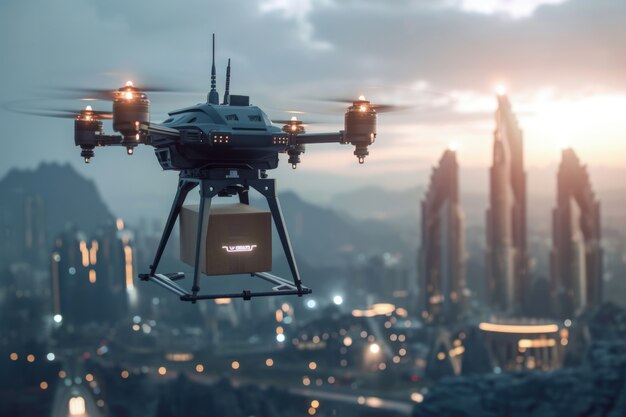
Sponsored article
As the use of drones expands across various sectors, ensuring they are detected and managed safely becomes increasingly vital. Emerging technologies in drone detection and security are playing a significant role in protecting sensitive areas and critical infrastructure. This article delves into the innovations transforming the landscape of drone security, offering insights into advanced radar systems, the power of machine learning, and the strategic integration of detection tools with existing security measures.
In the realm of advancing technologies, drone detection radar systems are on the frontier of securing our skies and maintaining airspace security. Recent innovations in radar technology have significantly enhanced capabilities in identifying and tracking unauthorized drones, ensuring they are swiftly detected and dealt with. These cutting-edge radar systems utilize a blend of sophisticated algorithms and machine learning techniques, allowing them to differentiate between drones and other flying objects with remarkable precision. As a result, airports, military bases, and other critical infrastructure can bolster their security measures with a level of accuracy that was previously unattainable. Furthermore, advancements in radar have extended their operational range and resolution, effectively covering larger areas and delivering higher definition insights into real-time surveillance environments. Complementing radar technology is the integration of passive RF systems, adding an extra layer of vigilance without emitting detectable signals, thus providing an impeccable strategy for discreet drone detection. These technologies signify a burgeoning era in airspace security that is both robust and adaptable in the face of evolving aerial threats.
The role of machine learning in drone security is transforming the way we approach and manage aerial threats. By integrating AI-powered detection tools, these systems are improving accuracy and efficiency in identifying unauthorized drones. Machine learning algorithms analyze vast amounts of data from sensors, cameras, and communication signals, allowing for the real-time identification of anomalous patterns indicative of potential threats. This capability is pivotal in differentiating between benign and malicious drone activities, significantly reducing false alarms. Moreover, as these AI-powered detection systems learn and evolve, they can anticipate threat vectors and enhance predictive maintenance. This proactive threat management is essential for safeguarding sensitive areas such as military zones, airports, and public events, where drone incursions could result in severe consequences. The continuous refinement of machine learning models in drone security ensures that detection systems remain adaptable, robust, and ahead of potential threats, establishing a fortified airspace that evolves with emerging challenges.
Integrating drone detection technology with existing security infrastructure offers a comprehensive solution for safeguarding sensitive areas from unauthorized aerial incursions. By enhancing integrated security systems with drone detection integration, organizations can benefit from a multifaceted approach to threat prevention that more effectively monitors both ground and air threats. Key advantages of this approach include:
With drone detection integration, facilities can ensure comprehensive surveillance, making it a crucial component of modern security strategies.